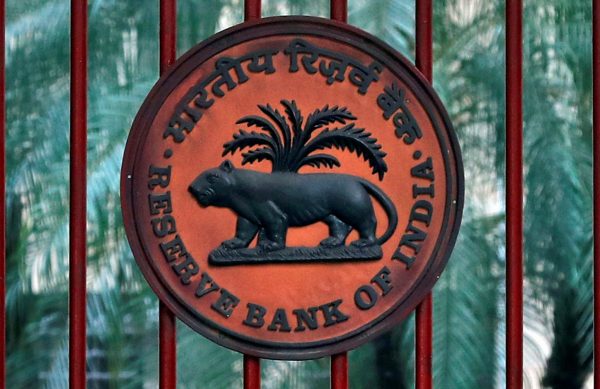While the issue of non-performing assets is a recent concern, it is symptomatic of long-standing problems in India’s banking sector. A substantial part of the country’s banking sector is state-owned. State ownership generates misplaced incentives and is inimical to a competitive environment. Financial repression, government ownership and weak regulation are the key concerns contributing to the crisis.
Banks are mandated to invest a certain percentage of their liabilities in the form of government securities. This ratio, referred to as the statutory liquidity ratio, remains high despite being reduced from 38.5 per cent in the 1990s to 19.5 per cent at present. There is no commensurate requirement in other countries.
Another element of financial repression is priority sector lending. Banks are required to channel 40 per cent of loans to priority sectors. These regulatory prescriptions constrain the ability of banks to cater to genuine business demands and adversely impact their profitability.
Under the present legal arrangements, deposits with public sector banks are also subject to a sovereign guarantee. Banking regulation in India is not ownership-neutral. State-owned banks are governed under laws that confer wide-ranging powers on the central government in matters of mergers, amalgamations and winding up. On the one hand, the sovereign guarantee enjoyed by public sector banks creates a moral hazard problem where the banking regulator is lax about enforcing micro-prudential regulation. On the other hand, if the government does not have adequate fiscal resources to fund provisioning, it may exert pressure to ease prudential norms so that banks can hide bad loans.
On many occasions, the RBI Governor has stated that state ownership hampers the RBI’s ability to supervise banks hit by fraud, and has made a case for ownership-neutrality in banking regulation. While there is some merit to this argument, the claim that the RBI’s supervisory powers are circumscribed is not entirely true. The RBI’s limited powers over public sector banks is balanced by its power to appoint directors on their boards. The Banking Regulation Act confers additional powers over public sector banks as well.
Recent incidents of fraud, misreporting and conflict of interest in private banks and a crisis in the non-banking financial company sector show that weak regulation is not just an ownership question. Weak regulation pervades the entire banking system. The regulator failed to detect malpractice in banks and raise timely alerts. The claim that limited powers over public sector banks led to the present crisis can be seen as the regulator’s attempt to mask its own failure to prevent this malpractice and the huge pile up of loans.
What can be done to fix the ailing banking sector? Long-standing problems need fundamental reforms. The politically difficult call on the privatisation of public sector banks needs to be taken.
The policy response so far has been to recapitalise public sector banks, which has generated sub-optimal outcomes. The government’s 2017 audit report points out that the objective of recapitalisation support has not been achieved. The banks who received recapitalisation support are still subject to regulatory restrictions through the Prompt Corrective Action Framework for their poor financial health. And their condition is projected to worsen further according to the RBI report. Privatising public sector banks needs to be an important part of the agenda for banking sector reform.
But the privatisation of state-owned banks must be preceded by reform of the regulatory and supervisory framework. This needs to begin with the top body: the board of the RBI. When benchmarked against global best practices, there are gaps in the functioning of the RBI board in terms of transparency and accountability. For one, the agenda and minutes of board meetings are not publically available, unlike the board meetings of other central banks or regulators in India. The Indian Parliament must examine in detail the law governing the functioning of the RBI to bring inimprovements in transparency, accountability and governance.
Development of a liquid bond market is also critical to banking reform. The nascent state of the bond market in India means that infrastructure firms rely disproportionately on banks for their financing needs. But the liability profile of banks makes them ill-suited to finance the country’s growing infrastructure needs. This has adverse implications for banks’ balance sheets and reduces lendable resources for small- and medium-size enterprises.
Ila Patnaik is Professor and Radhika Pandey is Consultant at the National Institute of Public Finance and Policy, New Delhi.

